
Contemporary Simplicity Minimalist Home Décor Ideas
Contemporary Simplicity: Minimalist Home Décor Ideas
In today’s fast-paced world, finding tranquility amidst the chaos of daily life can seem like an elusive goal. However, one design trend that has gained significant traction in recent years offers a solution: minimalist home décor. By embracing the principles of simplicity, functionality, and elegance, minimalist design can transform any living space into a serene oasis of calm.
Embracing Minimalism in Your Living Room
The living room serves as the heart of the home, where family and friends gather to relax and unwind. When it comes to minimalist design, less is definitely more. Start by selecting a neutral color palette for the walls and furnishings, such as shades of white, beige, or grey. Opt for sleek, streamlined furniture with clean lines and minimal ornamentation. Choose a few statement pieces, such as a modern sofa or a minimalist coffee table, to anchor the space without overwhelming it. Keep clutter to a minimum by incorporating smart storage solutions, such as built-in shelves or hidden storage ottomans.
Creating a Serene Bedroom Retreat
Your bedroom should be a sanctuary for rest and relaxation, free from distractions and excess clutter. To achieve a minimalist look in the bedroom, focus on creating a serene, uncluttered atmosphere. Start by selecting a low-profile bed frame with clean lines and simple detailing. Choose bedding in soft, neutral tones to create a calming environment conducive to sleep. Incorporate minimalist nightstands and lighting fixtures to keep the space feeling open and airy. Finally, add a few carefully curated accessories, such as a piece of artwork or a potted plant, to add personality to the room without overwhelming the senses.
Designing a Functional Kitchen Space
In the kitchen, functionality is key. When adopting a minimalist design approach, prioritize efficiency and organization to create a space that is both stylish and practical. Choose sleek, modern cabinetry with integrated handles for a clean, seamless look. Opt for high-quality, durable materials such as stainless steel or quartz for countertops and backsplashes. Keep appliances and kitchen gadgets hidden away in cabinets or drawers when not in use to maintain a clutter-free environment. Finally, add warmth and texture to the space with natural wood accents or a statement light fixture above the dining area.
Transforming Your Bathroom into a Spa-like Retreat
The bathroom is often overlooked when it comes to home décor, but it’s a space where minimalist design can truly shine. Start by decluttering countertops and storage areas to create a sense of openness and tranquility. Choose a simple color scheme, such as crisp white with accents of natural wood or stone, to create a spa-like atmosphere. Opt for clean-lined fixtures and fittings, such as a wall-mounted sink or a frameless glass shower enclosure, to maximize space and enhance the minimalist aesthetic. Finally, add a few luxurious touches, such as plush towels or a sleek countertop vessel sink, to elevate the space and create a sense of indulgence.
Incorporating Minimalist Design Principles Throughout Your Home
In addition to these specific









:max_bytes(150000):strip_icc()/Patiowithcontainerplants-f29053189e1a4127919051892e35b284.jpg)







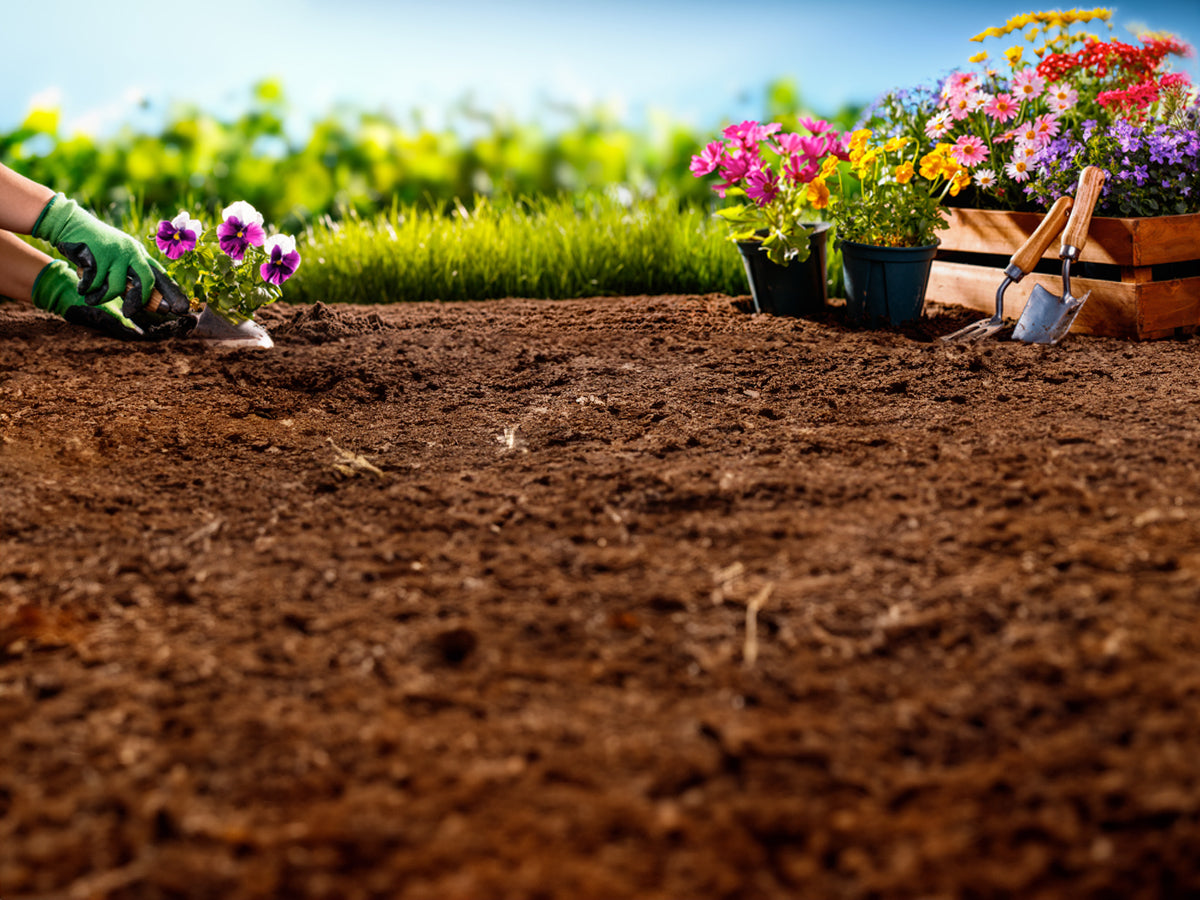





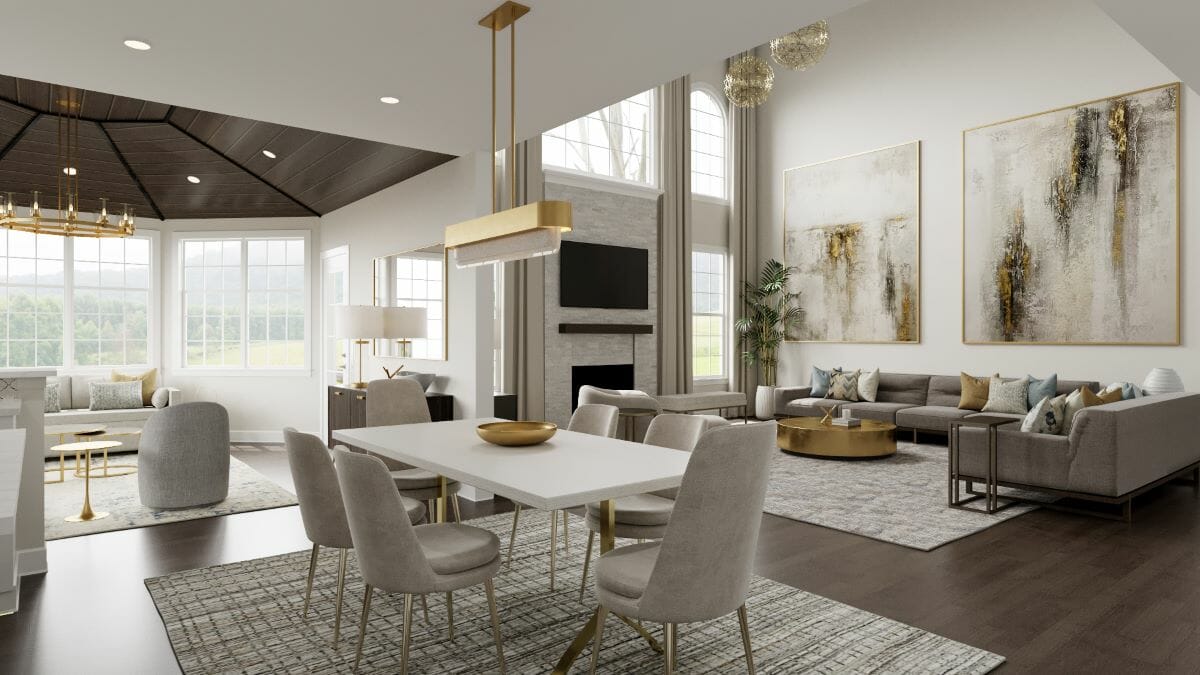

:strip_icc()/101486687-03c4b924959947faa4c23deb04f2fb65.jpg)

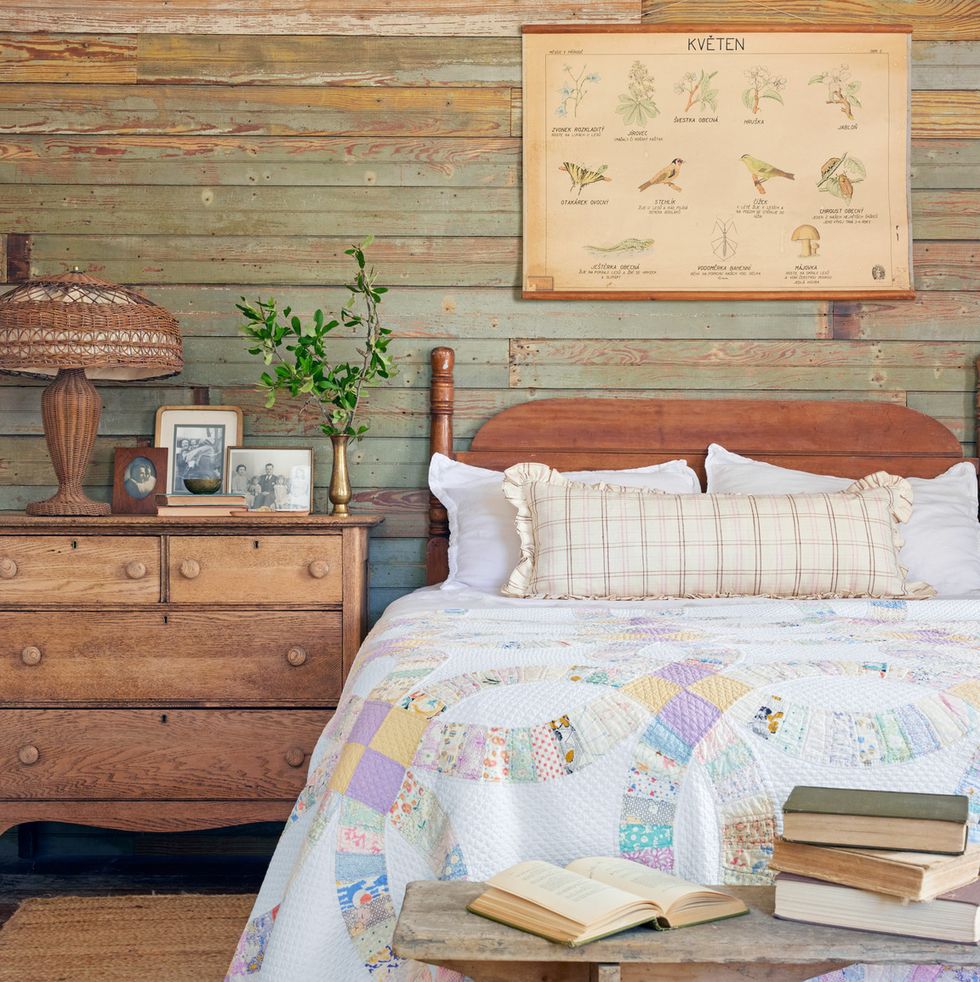


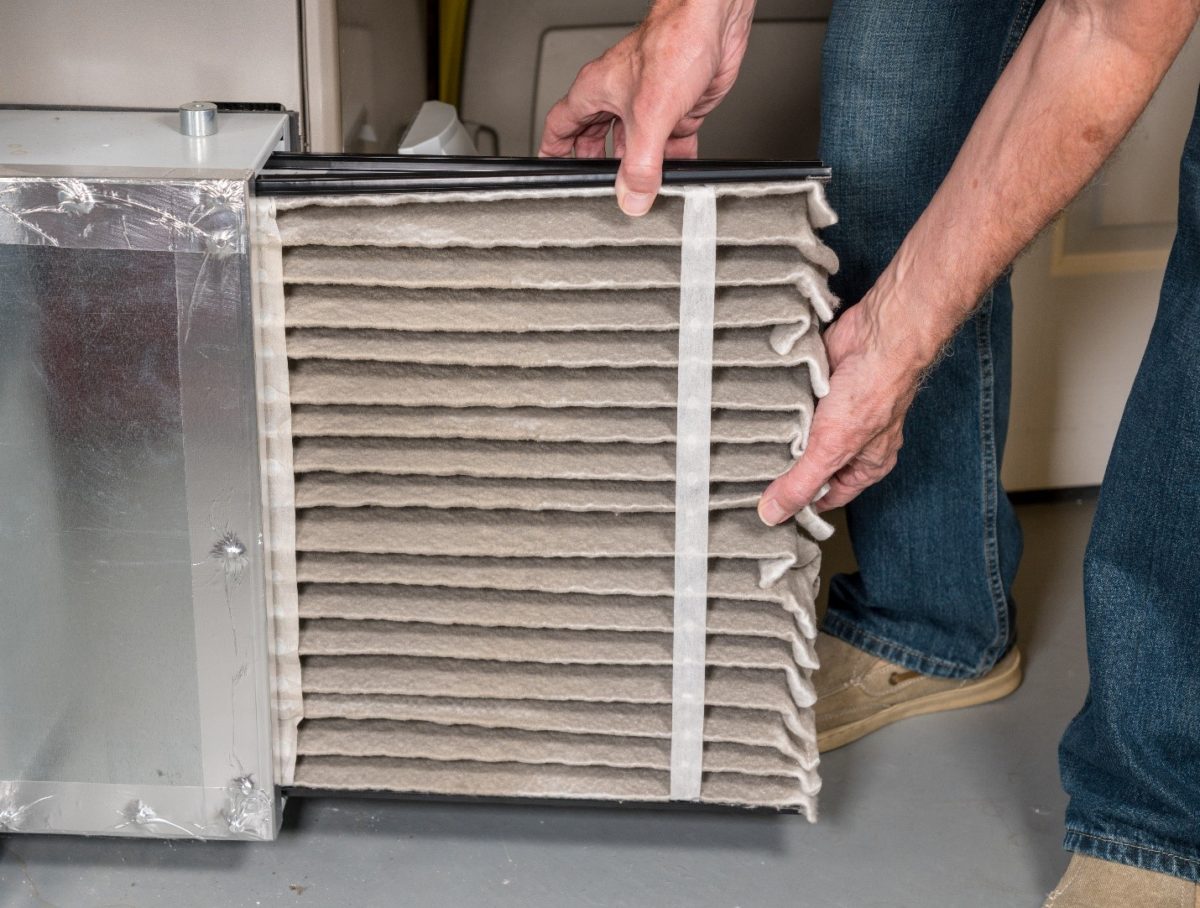
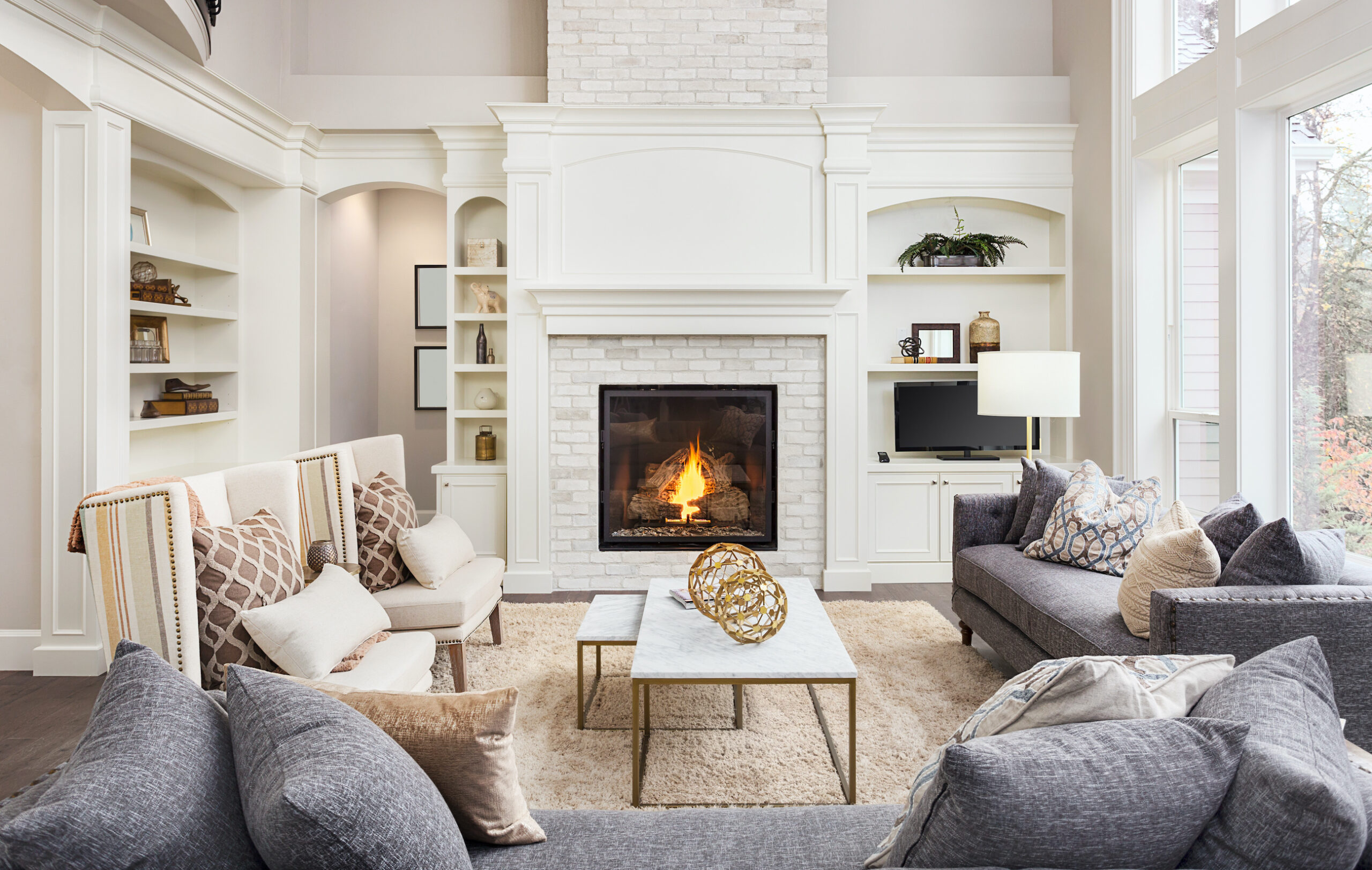
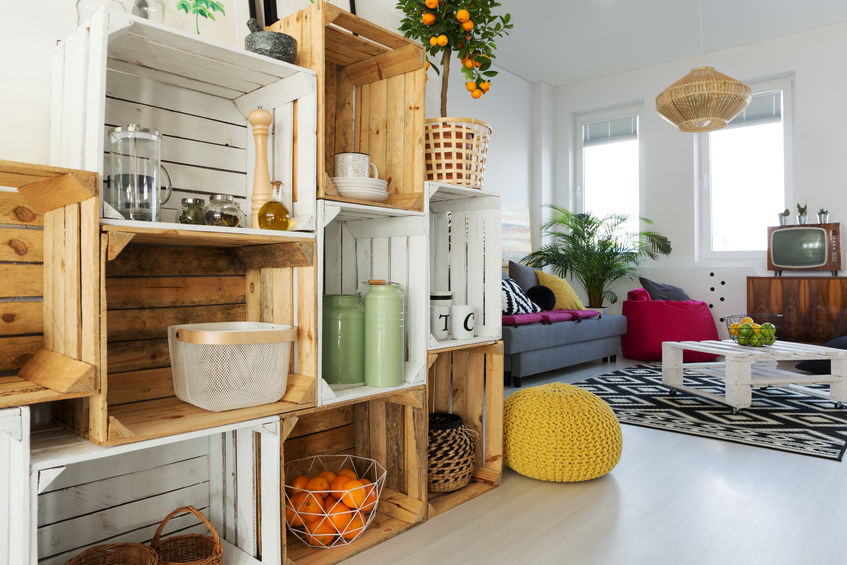


:max_bytes(150000):strip_icc()/how-to-clean-a-window-air-conditioner-unit-5191162-04-a72ff7ca58d04c33ba83819b99dea6ed.jpg)



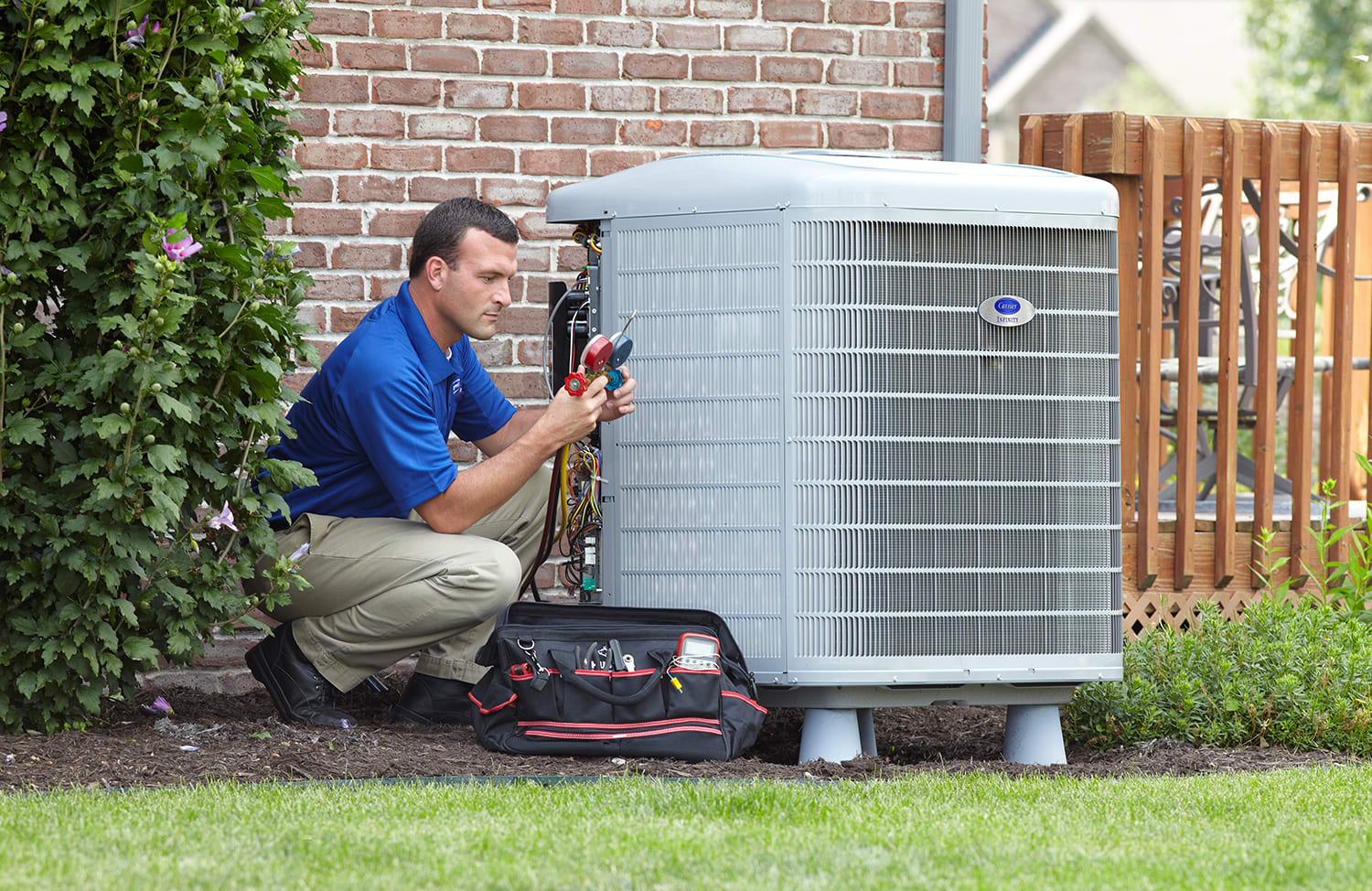
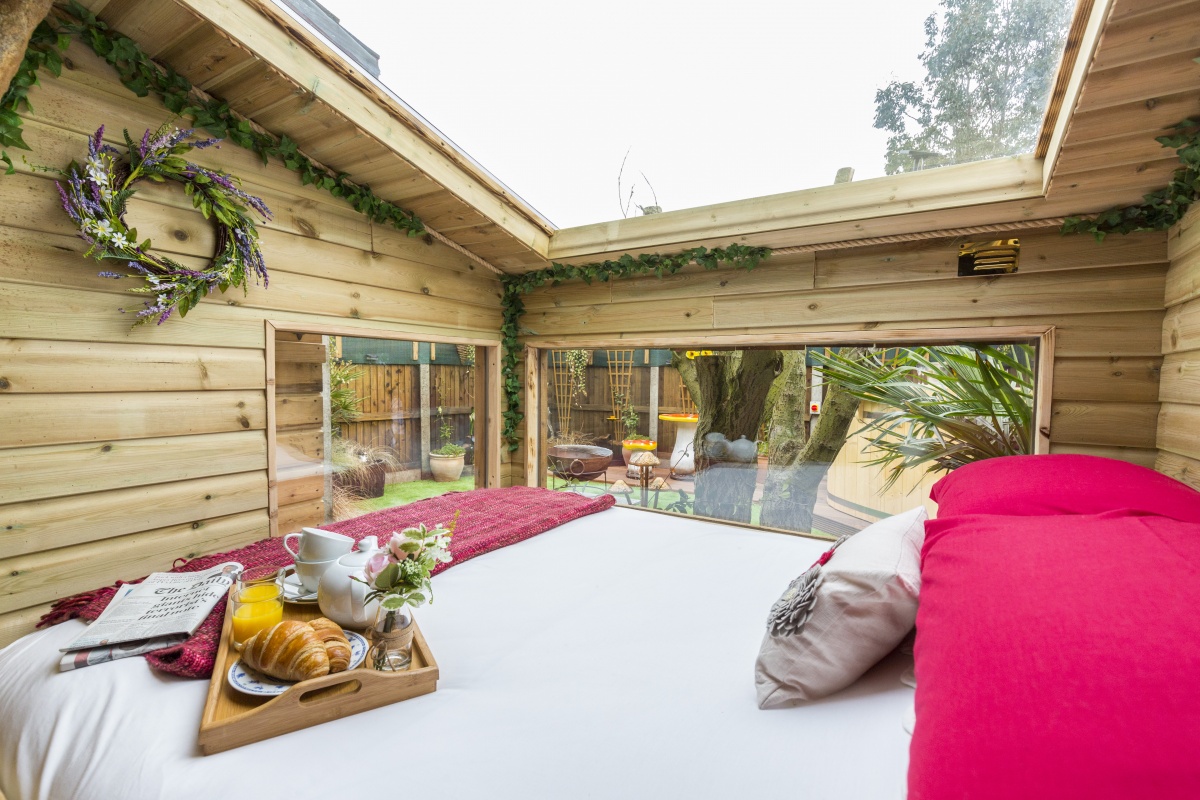

:max_bytes(150000):strip_icc()/baAy-yhA-f9005dc3a7db4849bf5c76f0469792b7.jpeg)





